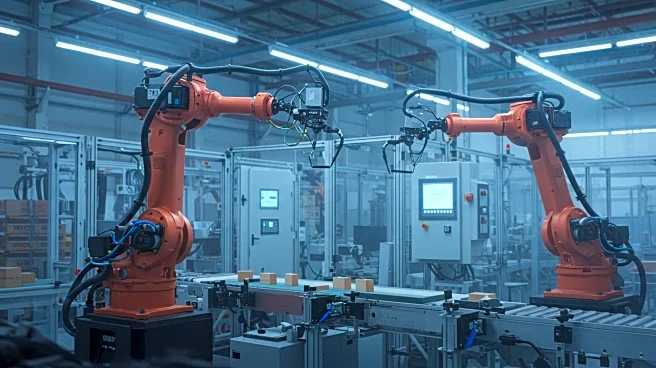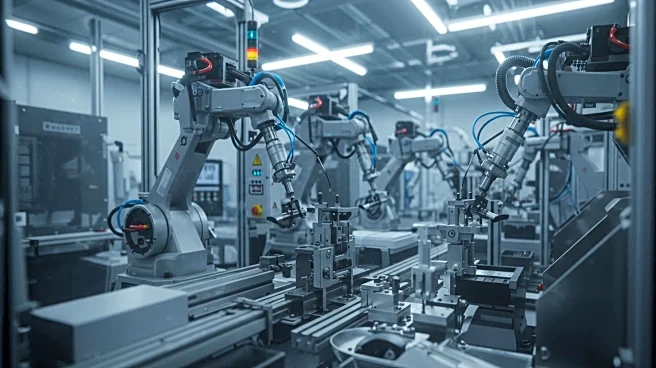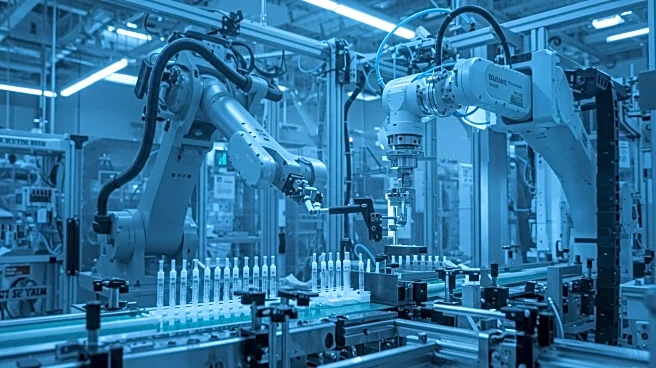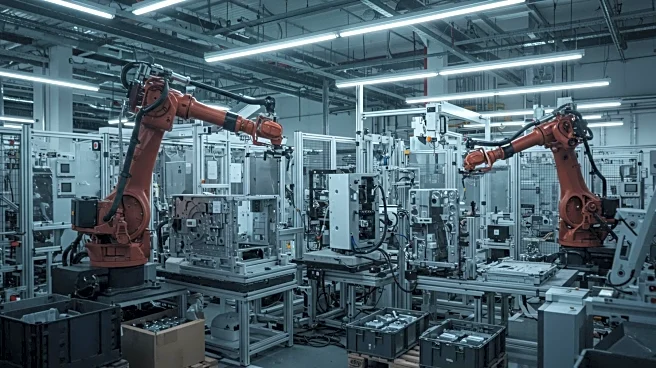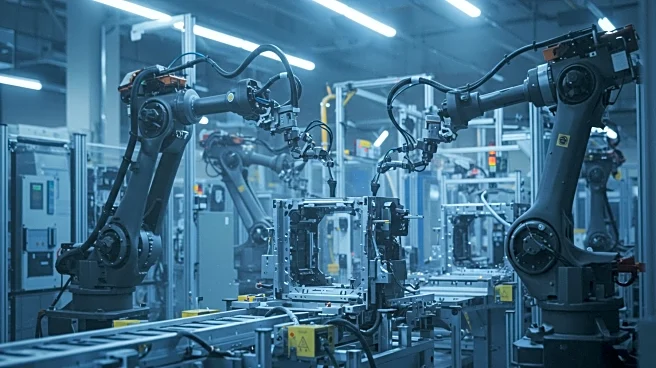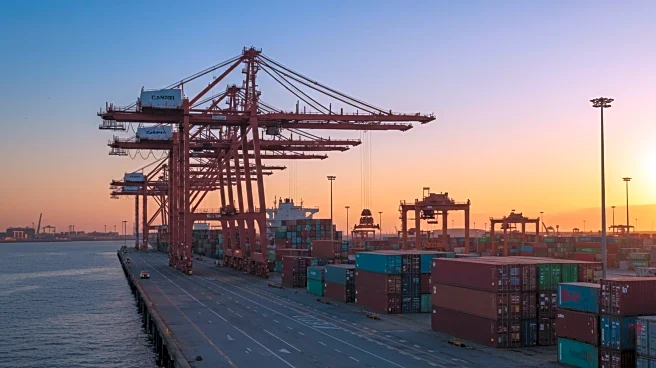What's Happening?
Retractable Technologies is navigating significant challenges due to U.S.-China tariffs and the need to increase domestic production. In Q2 2025, the company reported a 73.3% increase in net sales, driven by demand for its EasyPoint needles, but faced a decline in average selling prices. Tariffs have significantly impacted costs, with $561,000 spent in Q2 alone, contributing to a 66.1% increase in the cost of manufactured products. The company is shifting production to its U.S. facility, with 38% of products now manufactured domestically, up from 9% in 2024. This shift involves substantial investments in equipment and workforce changes.
Why It's Important?
The strategic shift to domestic production is crucial for Retractable Technologies as it seeks to mitigate the impact of tariffs and reduce reliance on Chinese imports. This aligns with broader U.S. policy trends favoring onshoring. However, the company faces challenges in achieving cost parity with overseas manufacturing, which is essential for maintaining profitability. The ongoing tariff expenses and increased production costs could affect the company's financial stability and investor confidence. The success of these initiatives could influence similar strategies in the industry, impacting U.S. manufacturing and trade policies.
What's Next?
Retractable Technologies aims to achieve cost parity with overseas manufacturing within 18-24 months. The company plans to optimize operations to reduce per-unit costs and seek further tariff relief through policy advocacy. Investors will be watching key metrics such as domestic production costs and revenue diversification. The company's ability to stabilize average selling prices and reduce reliance on imports will be critical for unlocking shareholder value. Continued operating losses and margin compression could pose risks to investor confidence.
Beyond the Headlines
The shift to domestic production raises ethical and economic questions about the sustainability of onshoring in the face of global trade dynamics. The company's focus on safety needle technology highlights the importance of innovation in maintaining competitive advantage. The broader implications for U.S. manufacturing include potential shifts in labor markets and supply chain strategies, as companies balance cost efficiency with geopolitical considerations.
